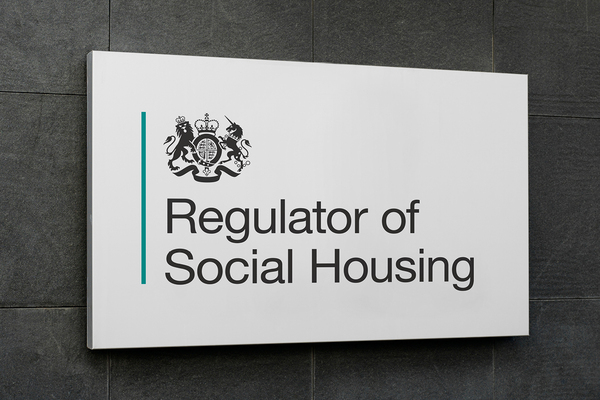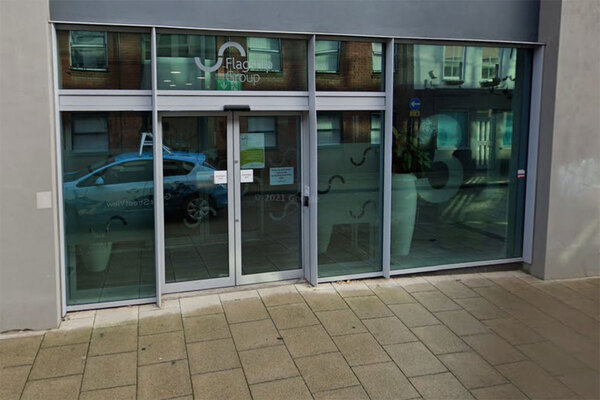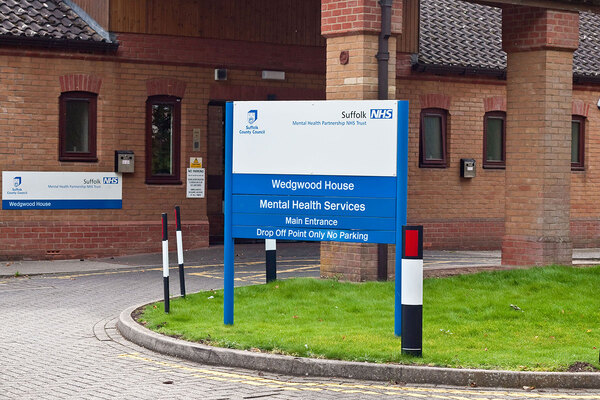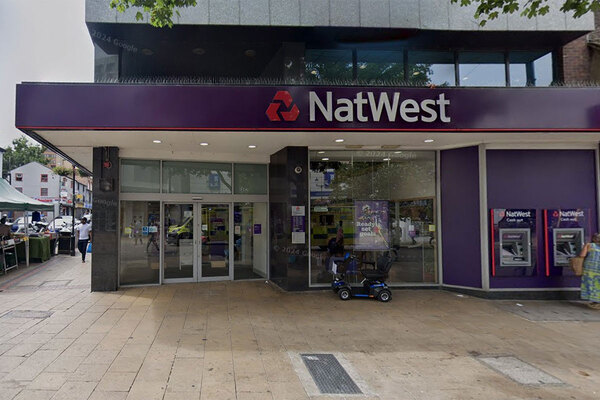Regulator warns housing associations over stock quality, labour shortages and borrowing costs
Labour shortages and changes to borrowing costs pose increasing risks to social landlords as issues over the quality of housing stock take priority, the Regulator of Social Housing has warned.
In its ninth annual Sector Risk Profile, published today, the regulator described access to labour and skills as a key strategic risk to housing associations and stock-holding councils.
The report cautioned that shortages of skilled workers could "threaten providers’ ability to deliver… programmes and services", including undertaking major repairs and maintenance schemes and meeting new fire and buildings safety standards.
The regulator cited as an example the well-publicised lack of chartered and incorporated fire engineers, which has intensified the misery faced by leaseholders needing EWS1 checks before being able to sell homes in blocks where cladding is present.
"Longer-term structural [concerns over some key skills] have been compounded by the effect of the end of free movement associated with EU exit and the disruption to labour markets created by the pandemic," the report said. "Shortfalls of construction workers will become more pressing as providers look to catch up on delayed works, undertake substantial development programmes and invest in stock quality, increasing costs or delaying programmes."
Issues around the quality of homes have recently become more pressing, not only because of the post-Grenfell focus on buildings safety but due to pandemic-related delays, the need to decarbonise and climate-proof stock, and recent high-profile reports exposing disrepair on estates.
"Providers’ latest five-year forecasts show a 12% increase in major repairs and maintenance expenditure compared with last year, as providers reprofile delayed expenditure and increase investment to respond to new standards," the report said. It also noted that increased materials costs and supply-chain issues were making things tougher.
"Providers’ stock is a long-term asset and boards will need to ensure that it continues to be fit for purpose over its lifetime," it added. "Boards will need robust and up-to-date stock condition data [and] to understand the implications of new requirements, including on the economic performance of provider assets, and identify investment needs in their business plans."
The recent increases in spending on existing stock, the regulator observed, had seen providers’ interest cover deteriorate, despite market confidence remaining high.
While landlords have been taking advantage of low fixed rates to refinance existing debts, the report said, "this still leaves a significant volume of debt vulnerable to changes in interest rate".
Housing providers are also forecasting greater reliance on debt – in part because of a reduction in planned market-rate sales – to deliver increased stock investment as well as building new homes, increasing their exposure to interest rate risks.
"Failure to maintain investor appetite and manage interest rate exposure would lead to reduced capacity to deliver new developments and capital investment in existing stock," it said.
The scrutiny of providers’ ability to deliver against competing demands will only intensify as the Social Housing White Paper, published last year, is implemented, the regulator warned.
"Demands for transparency will increase following the publication of the White Paper, and providers should take action now to strengthen engagement with tenants and improve the services they receive," it said.
"As organisations with a social purpose, providers’ actions will inevitably be scrutinised by a range of stakeholders," the report added. " Instances of poor quality or performance may reach the public domain very quickly and can be shared widely before providers are able to address them."
Commenting on the latest Sector Risk Profile, Fiona MacGregor, the chief executive of the RSH, described councillors and housing association boards as the "custodians of people’s homes".
"As society and the economy emerge from the pandemic the social housing sector faces continuing challenge and public scrutiny," she said.
"Providers need to closely monitor the risks they face, including those we have identified in our Sector Risk Profile, and take strategic action to manage them so that they can provide safe and good quality homes and services now and in the future."
Sign up for our asset management newsletter
Already have an account? Click here to manage your newsletters












